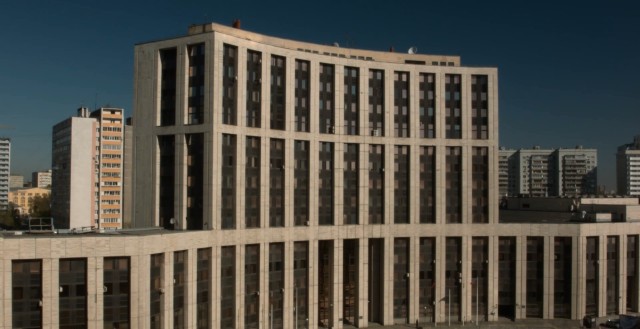IIB continues its resurgence – audited results for 2015 published

The International Investment Bank (IIB) has published its IFRS results for 2015 confirming both the financial and geographical growth in what was a very significant and successful year for the Bank. Thus, this renewed multilateral development institution has continued its dynamic development, more than doubling its assets and signing new investments of almost EUR 500 million in the three years since the beginning of its reform in late 2012.
The IIB was extremely active in Europe throughout 2015. In April, the Bank opened its European Regional Office in Bratislava. In May, Hungary fulfilled the conditions of its membership in the Bank, meaning EU countries now represent five of IIB’s nine member states. During the same year, the IIB launched trade finance products, which became particularly popular in Europe – it provided support to exports from the Czech Republic, Slovakia and Hungary.
However, in the past year, the IIB was not only limited to growth in Europe. During the “Year of Asia” at the Bank, it received a third investment grade rating – “A” by Dagong, the Chinese rating agency. The IIB also financed new investments with over EUR 40 million in Mongolia and Vietnam, in case of the latter growing lending in the country by 120%. Moreover, Mongolia injected fresh capital into the Bank, increasing its contribution by 41%.
Overall, the Bank grew its assets by 32% to EUR 809 million, driven by an increase in corporate lending. IIB’s loan portfolio to customers grew by 53%, reflecting increased lending to Bulgarian, Romanian and Russian corporates. Loans to customers exceeded EUR 175 million covering 13 different sectors in comparison to nine in 2014. The share of loans in the respective countries was as follows:
• Bulgaria 33.00%
• Russia 16.04%
• Romania 14.73%
• Slovakia 13.34%
• Mongolia 12.47%
• others 10.40%*
*due to rounding percentages do not add to 100%
Last year, the IIB also increased its lending to financial institutions, who lend to the SME sector, by 6% to EUR 141 million due to additional intermediated support for SMEs provided by the Bank in its Asian member countries.
Paid-in capital reached EUR 303 million at the end of the year – an 11% increase on 2014. Apart from Mongolia’s additional contribution, most of the increase was a result of Hungary’s accession into the Bank and its new EUR 30 million (9.9% of the total) share. In March 2016, after additional payment by Hungary, the country’s share further rose to EUR 40 million (12.8% of the total), and, respectively, IIB’s paid-in capital grew to EUR 313 million. Consequently, this brought additional balance into IIB’s shareholder structure – the combined share of the Czech Republic, Slovakia, Hungary, Romania and Bulgaria (IIB’s members within the European Union) in the Bank’s capital reached 48.72%, followed by Russia’s share at 47.92%, Cuba’s share at 1.71% and the share of Asian members of the IIB (Vietnam and Mongolia) at 1.65%.
Some other key figures from 2015;
• Net income reached EUR 2 million
• Total equity grew to EUR 398 million
• NPL ratio of 4.7%
• Tier 1 ratio of 53% and CAR of 58%
In 2015, the IIB placed two RUB-denominated bonds in Moscow, including its largest yet, and one RON-denominated bond in Bucharest. Furthermore, the Bank received long-term bilateral funding from financial institutions in Bulgaria and Slovakia, as well as from an international banking group. The Bank maintained its strong focus on liquidity management and increased diversification in the treasury portfolio by growing the part of the portfolio in non-member countries from 16% the previous year to 35% in 2015, thereby also decreasing the correlation between IIB’s loan portfolio and treasury assets. Debt to equity ratio reached the conservative level of 104%.
As stated by Nikolay Kosov, IIB’s Chairman, “Last year we kept our momentum and continued our strong growth despite generally unfavourable external economic circumstances. This further confirms the demand for our services in our member countries and for the increased role of the IIB in development finance”.